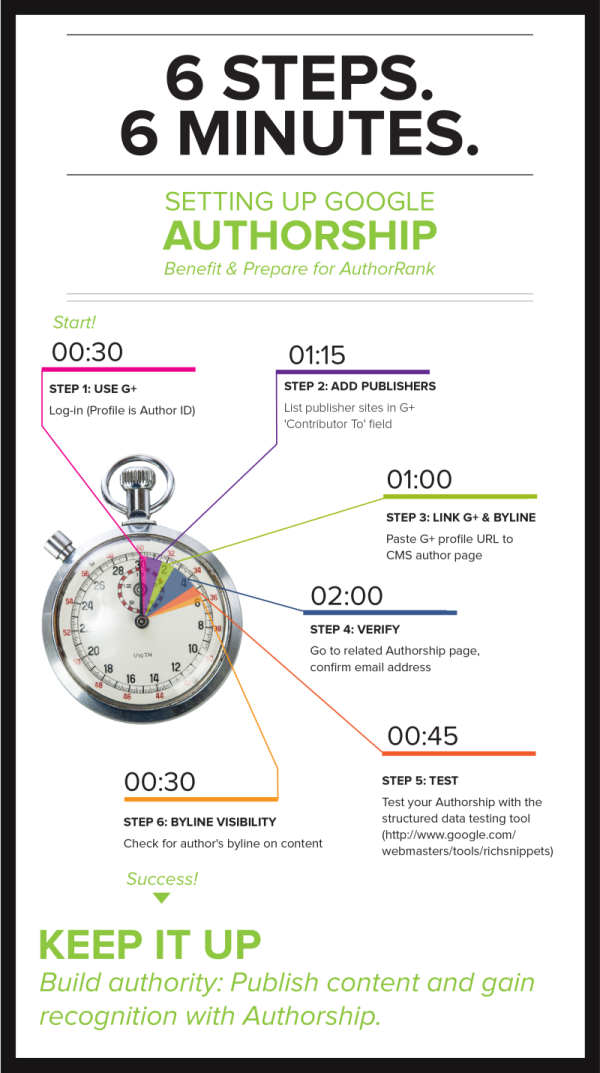Infogr.am Acquires Infographics Blog Visualoop
Big news in the world of infographics. In December, the online design site Infogr.am closed a deal to acquire the infographics blog and news site Visualoop.
December 3, Riga. – Infogr.am, the company behind the popular infographic creator, has acquired Visualoop, one of the leading data visualisation news sites from Brazil. The website covers infographics and data visualisation in English and Portuguese languages.
“Our ambition is the make Visualoop the leading data visualisation blog in the World,” says Uldis Leiterts, co-founder and CEO of Infogr.am: “It would strengthen our presence in Brazil, it would also support the social mission of Infogr.am to educate and raise the overall interest in data visualization” Along with acquisition Infogr.am reveals a Portuguese version it’s web-based infographic creator.
I included Infogr.am in the Cool Infographics book chapter covering design tools, but it’s great to see them expanding their capabilities with this acquisition and other new endeavors like increasing global data literacy with Infogram.org.
Congratulations to Tiago Veloso, the Founder and Editor of Visualoop! Tiago has been a long-time friend of Cool Infographics, and supporter of the infographics design community as a whole. I asked Tiago for a brief comment about the acquisition…
“As you imagine, Randy, this is a very special moment for Visualoop, and for me personally. The deal with Infogr.am allows me to dedicate myself full time to both websites (English and Portuguese), and that without having to deal with all those concerns websmasters usually face, (you know what I mean, right?). And it also made me revisit old projects and ideas that go way beyond that notion of ‘blog’ that people are perhaps used to, when hearing the name Visualoop - so, who knows what will come out of all this! :).”
I hope we see some new and exciting things out of the partnership between Visualoop and Infogr.am!









 Randy
Randy










